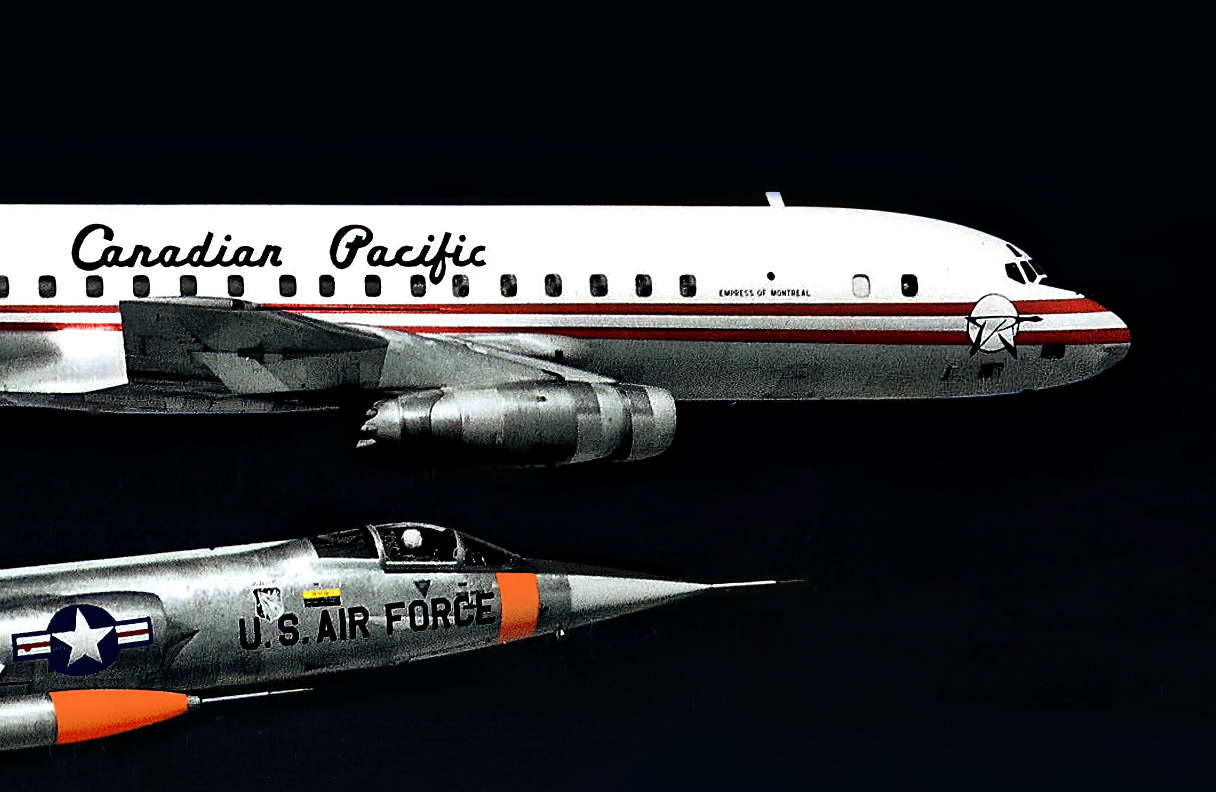Embraer Eyes Bigger E195-2, India and China
09 April, 2023
6 min read
By joining our newsletter, you agree to our Privacy Policy
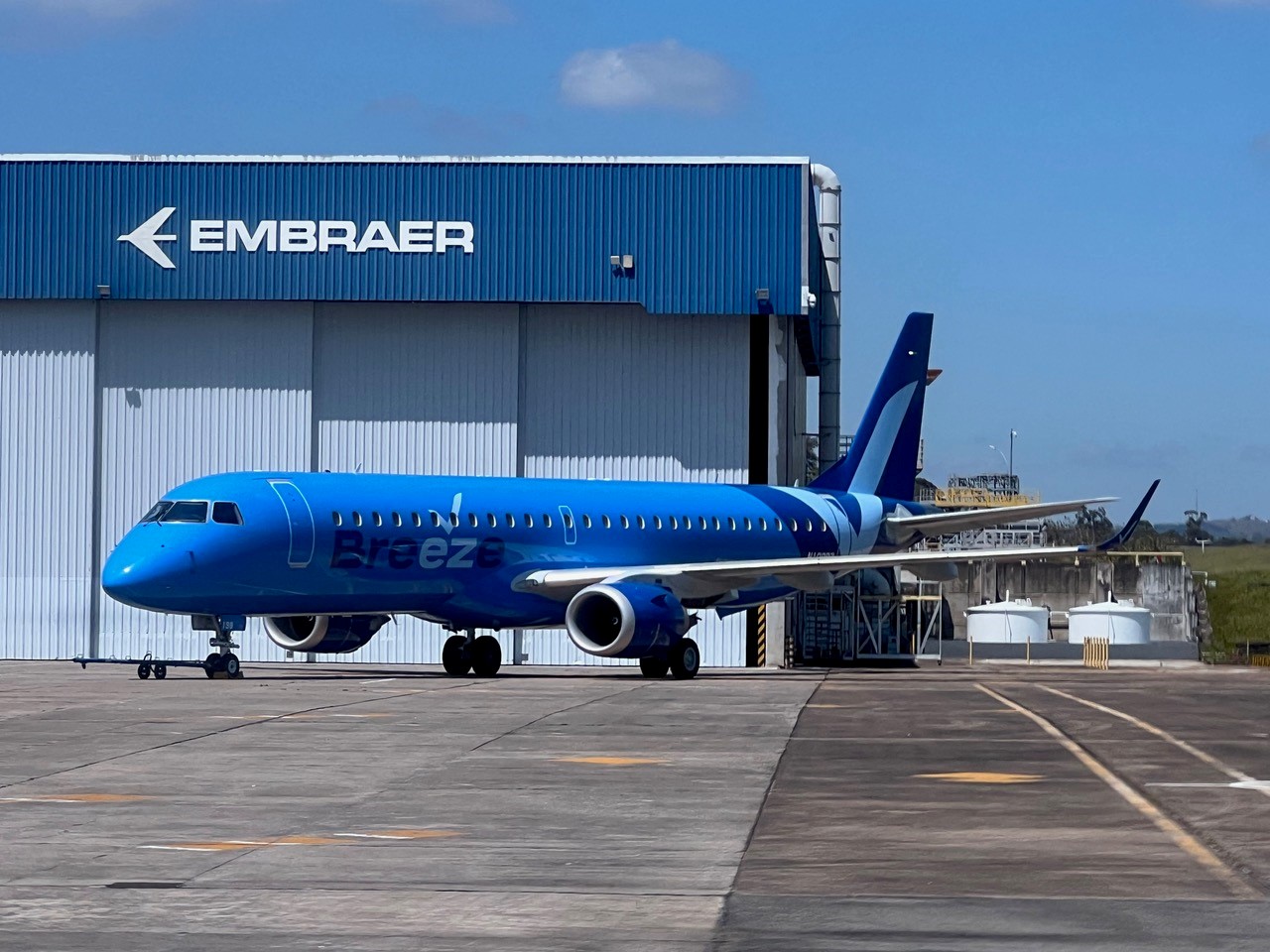

Embraer and its E-Jets have established their role as the world’s third-largest force in the airliner market – and now the Brazilian manufacturer wants more.
JOIN: AirlineRatings.com YouTube Channel
GET: Accurate MH370 Information From AirlineRatings.com Newsletter
SEE: GT’s Radar Slams Netflix MH370 Doco
READ: Take the stress out of Easter Travel
More sales of its E2 airliners and discussing possible final assembly lines in India and/or China, as well as mulling a further stretch of the longest E195-E2 variant. Leaving behind the dark clouds of the failed takeover by Boeing in 2020, and getting back into growth mode, Embraer has already become the world market leader for aircraft below 150 seats – with 29 per cent of total deliveries in this segment, counting everything from turboprops to the smallest types from Airbus and Boeing.
Currently, it has firm orders for 1,747 E-Jets of the first E1 generation with the E175 still being produced, and 270 firm commitments for the new E2 generation, with more than 1,350 currently in service with over 80 airlines in 50 countries. At the end of 2022, the backlog for E2s was at 201 aircraft – for 194 E195-E2s and just seven E190-E2s.
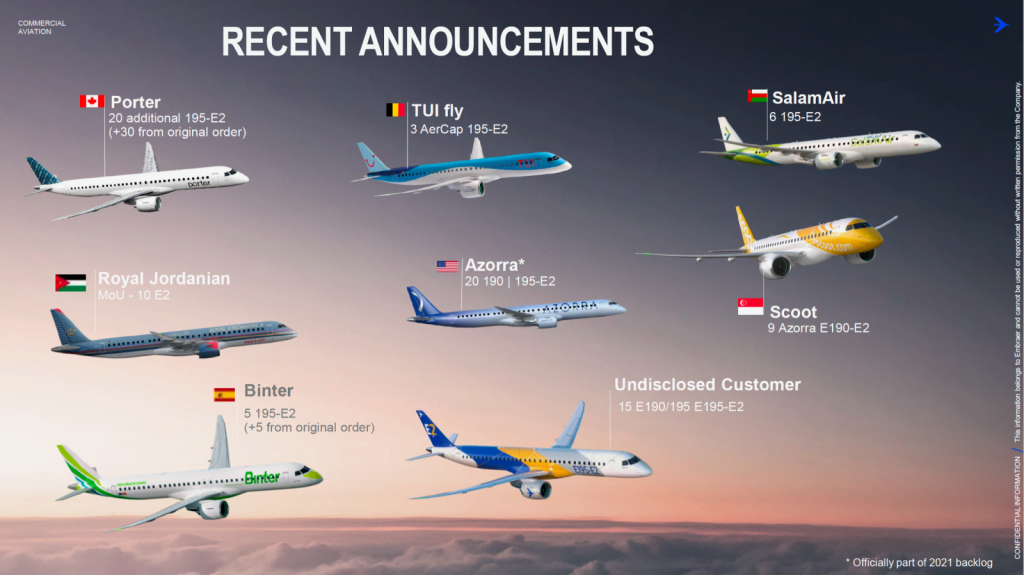
But compared to the currently 785 firm orders for the A220, Embraer’s E2 has still some way ahead – and the Brazilians are trying to seize the momentum of the market constellation aligning in its favour.
Bombardier recently sold its Regional Jet business to Mitsubishi and the Japanese manufacturer threw in the towel on its own, long-delayed Space Jet. Due to the Russian war on Ukraine, neither the Irkut MC-21 nor the Sukhoi Superjet would come in the way either, leaving mainly the Airbus A220 (formerly Bombardier’s C-Series) as the only serious opponent.
In 2022 a total of 57 E-Jets were delivered, 13 per cent more than in the previous year – “despite the supply chain issues,” says Embraer group CEO Francisco Gomes Neto in talking to Airlineratings.com during a recent media visit to Brazil. These are obvious when passing through the Sāo José dos Campos factory, with a considerable number of engineless E195-E2s parked that are otherwise ready for delivery. “And we want to be back at producing one hundred E-Jets a year quickly, we should be reaching that number in probably four years time,” states Gomes Neto. Of the 60 E-Jets sold last year, 48 were of the biggest type E195-E2, clearly showing the trend towards bigger aircraft, seen as well with the Airbus A220-300, but also sales of the A321neo, rather than smaller family variants.
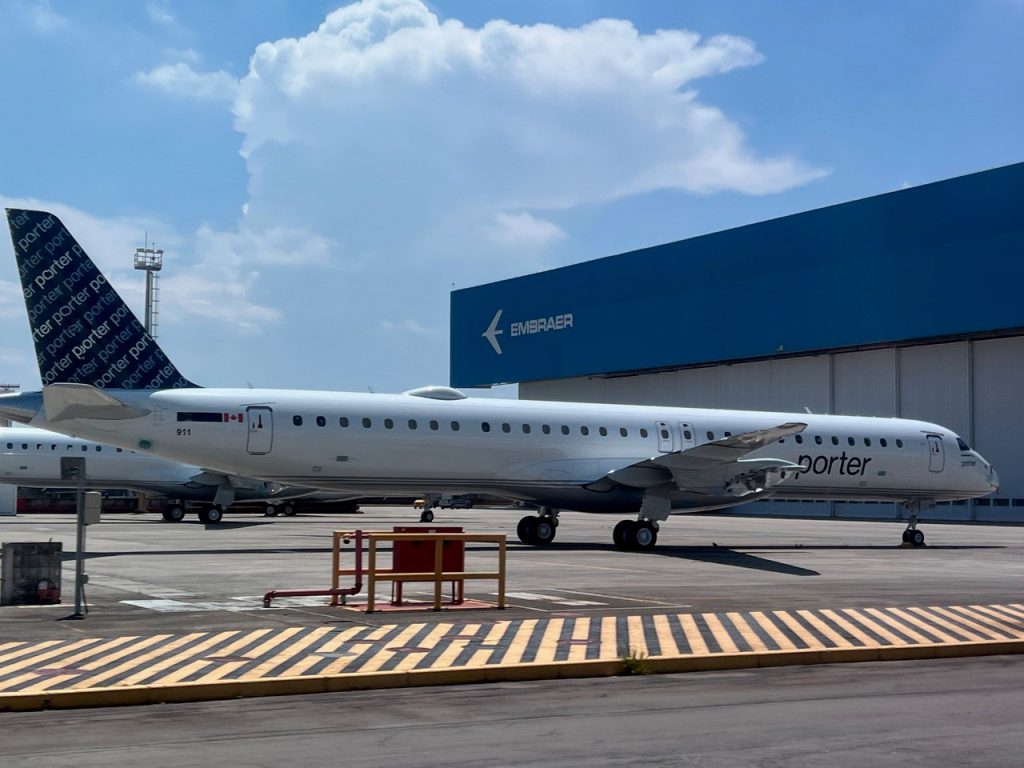
Having targeted 60 to 70 commercial deliveries for 2023, Embraer is in expansion mode. “The focus in 2023 is on growth,” insists the bullish group CEO. Quite literally, this might also be an option for Embraer’s currently longest aircraft, the E195-E2. Its long, thin fuselage measures already 41.5 meters in length, almost four meters longer than the A320neo, but just for 132 passengers in a typical, or maximum of 146 customers in a high-density cabin layout, due to its narrower fuselage diameter. While Embraer had dropped initial studies for a further stretch back in 2011, citing problems with expected return on investment, this now seems to have changed. “We got the know-how to do it, but nothing is decided yet and there are other short-term priorities,” says Gomes Neto. So there might one day be a new race between a stretched Embraer E195-E2 and the proposed Airbus A220-500 stretch.
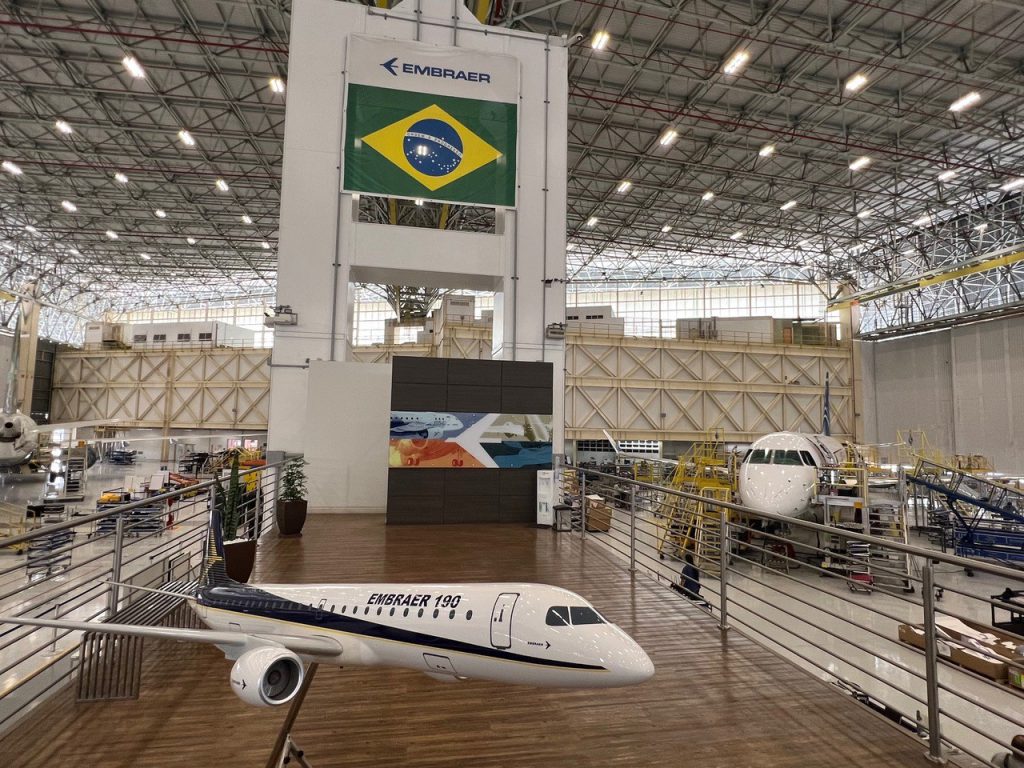
Embraer makes a strong case of how it envisages the E2 leaving even a much bigger mark on the market: One argument is the upcoming replacement of E1 jets being twelve years old on average and other ageing regional jets. Until 2041, the company sees a total volume of 8670 jets below 150 seats being required, of which 43 per cent will be for growth, with the balance for replacement. This also affects older Airbus A319s and Boeing 737-700s models, and of course, Embraer wants a hearty share of this demand for its products. “Getting a quarter of that is our aim,” stresses group CEO Francisco Gomes Neto. His commercial CEO colleague Arjan Meijer mentions “a big number of current E2 discussions”, hoping to yield orders of “several triple-digit numbers of E2s.”
Currently, the company pushes sales in Europe with two particularly lucrative customers that haven’t yet taken any steps to order E2s. One is Lufthansa Group (currently flying 34 E195s and 16 E190s, plus 119 A319s and 28 CRJ900s). The other, LOT Polish Airlines operates 44 Embraer jets in total, second in Europa only after KLM with currently 49 and soon 65 E-Jets. “LOT and Lufthansa are extremely important to us, as they have been using Embraer jets for decades,” stresses CEO Francisco Gomes Neto. But of course, Embraer’s outreach is global. China is a significant target, as the country has recently granted the E2 type certification, fuelling hopes of sales. India is another focus. “E-Jets can compliment bigger aircraft, we are very close to Indian airlines,” says Gomes Neto, and even envisages substantial investments in these two countries with their huge markets: “If we get a good-sized order from them we can think of putting up a production facility in India or China, we are very open for a final assembly line in either country.”
How the E2 might appeal to new customers, complementing existing bigger jets with smaller ones from Brazil, has recently been illustrated by low-cost carrier Scoot from Singapore, a subsidiary of Singapore Airlines (SIA). In February the carrier which operates Airbus A320s and Boeing 787s announced a leasing agreement for nine E190-E2s. The airline said it would use the SIA group’s smallest jet on thinner, non-metro short and medium-haul routes of up to five hours duration out of its Changi hub from 2024. If that proves successful, Soot’s CEO sees potential for more E2s.
Meanwhile, the turboprop aircraft that Embraer was getting ready to launch has been postponed. Despite the fact, the company had already received letters of intent for 520 orders, with Air Serbia publicly showing interest. “There is potential demand for turboprops, but there currently aren’t any appropriate engines, so we need to work a little more,” the group CEO told Airlineratings.com. He still sees it as a good opportunity but stresses that the new sustainable Energia aircraft family concept is another, hinting at a possible merger of both projects.
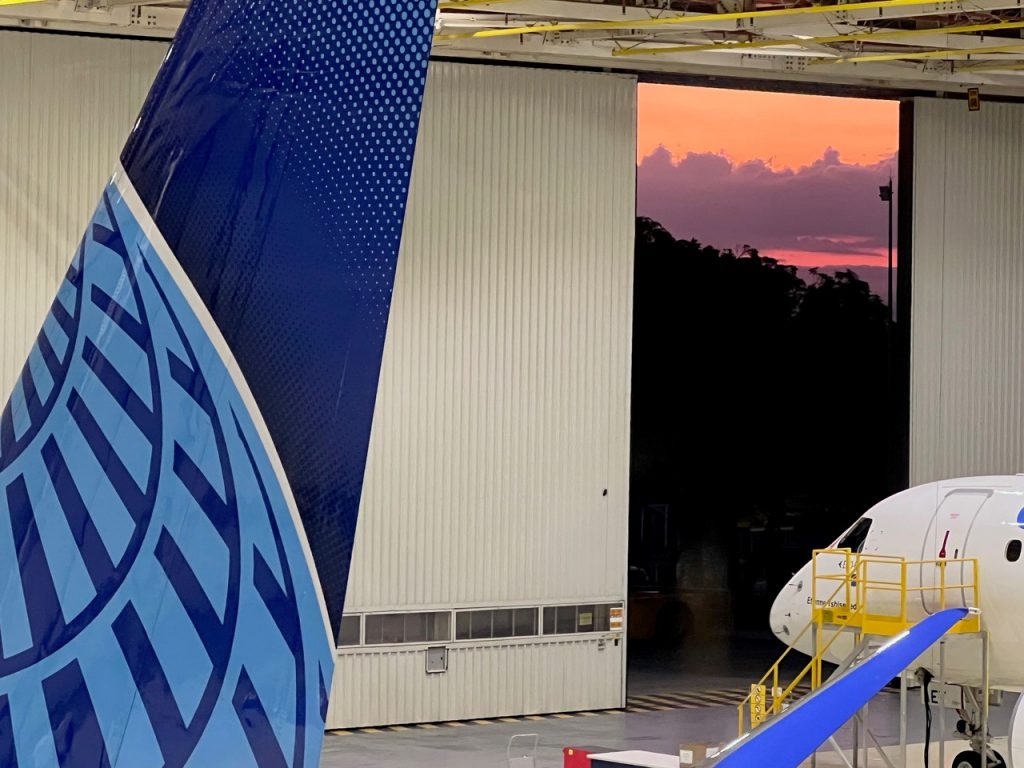
Get the latest news and updates straight to your inbox
No spam, no hassle, no fuss, just airline news direct to you.
By joining our newsletter, you agree to our Privacy Policy
Find us on social media
Comments
No comments yet, be the first to write one.

